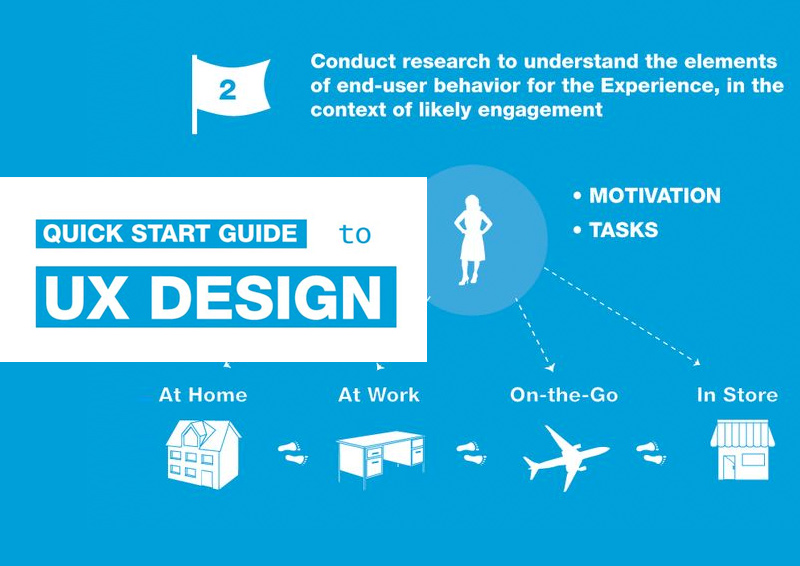Eager To Uncover How Internet Site Layout Has Transformed Over Time? Study The Evolution From Simplicity To User-Focused Experiences.
Eager To Uncover How Internet Site Layout Has Transformed Over Time? Study The Evolution From Simplicity To User-Focused Experiences.
Blog Article
Web Content Create By-Solis Vangsgaard
In the past, internet sites were easy and concentrated on details. Navigation was straight, and layout was for desktop computers. Currently, customer experience is key. Data overviews styles for simple navigation. Responsive layouts fit different tools. Today, dark setting decreases stress, and minimal menus boost navigation. Interactive features engage users, and strong visuals stick out. AI assimilation improves involvement. See how style has progressed to boost your on-line trip.
Very Early Days of Web Design
In the very early days of website design, simplicity preponderated. Internet sites were basic, with restricted shades, fonts, and designs. The emphasis got on offering details rather than fancy visuals. Customers accessed the web via slow dial-up connections, so speed and capability were key.
Navigation menus were straightforward, normally located on top or side of the page. Sites were developed for computer, as mobile browsing had not been yet widespread. Material was king, and designers prioritized easy readability over complicated design elements.
HTML was the primary coding language made use of, and designers had to function within its constraints. Computer animations and interactive features were marginal contrasted to today's requirements. Sites were static, with little vibrant content or customized customer experiences.
Rise of User-Focused Layout
With the advancement of website style, a change towards user-focused design principles has become increasingly prominent. Today, producing sites that focus on customer experience is crucial for engaging visitors and attaining company goals. User-focused layout involves understanding the requirements, preferences, and actions of your target market to tailor the web site's design, content, and includes accordingly.
Designers currently perform comprehensive research study, such as individual studies and functionality screening, to collect understandings and comments directly from users. This data-driven method helps in creating user-friendly navigation, clear calls-to-action, and aesthetically enticing user interfaces that reverberate with site visitors. By positioning the user at the center of the layout process, websites can provide a more customized and pleasurable experience.
Responsive style has likewise become a vital facet of user-focused layout, ensuring that websites are enhanced for various devices and screen dimensions. This flexibility boosts availability and functionality, catering to the varied ways users interact with internet sites today. In essence, the increase of user-focused layout represents a shift in the direction of creating electronic experiences that prioritize the demands and assumptions of completion individual.
Modern Trends in Website Design
Explore the current patterns shaping web design today. One prominent trend is dark setting layout, using a sleek and modern look while reducing eye stress in low-light environments. relevant webpage is minimalist navigating, simplifying menus and enhancing customer experience by focusing on essential elements. Incorporating micro-interactions, such as animated switches or scrolling results, can create a more appealing and interactive website. Responsive layout remains vital, ensuring smooth customer experiences across various tools. In addition, utilizing vibrant typography and unbalanced layouts can include aesthetic interest and draw attention to details web content.
Integrating AI modern technology, like chatbots for customer assistance or tailored recommendations, enhances customer interaction and simplifies procedures. Access has likewise come to be a significant pattern, with designers prioritizing comprehensive design techniques to accommodate varied user demands. Accepting go to website by optimizing web site performance for rate and efficiency is another emerging pattern in web design. Collaborating with individual feedback and data analytics to repeat and improve design constantly is crucial for staying pertinent in the ever-evolving electronic landscape. By accepting these contemporary trends, you can create an aesthetically attractive, easy to use web site that reverberates with your target market.
Final thought
As you reflect on the advancement of internet site style from the early days to now, you can see exactly how user-focused layout has become the driving pressure behind modern fads.
Accept the trip of change and adaptation in web design, always maintaining the customer experience at the leading edge.
Keep present with the current fads and innovations, and never ever quit advancing your strategy to create visually magnificent and easy to use websites.
Advance, adapt, and create - the future of website design is in your hands.
